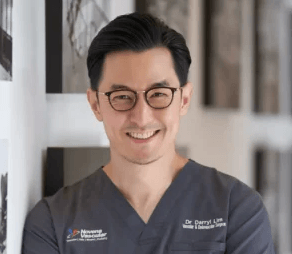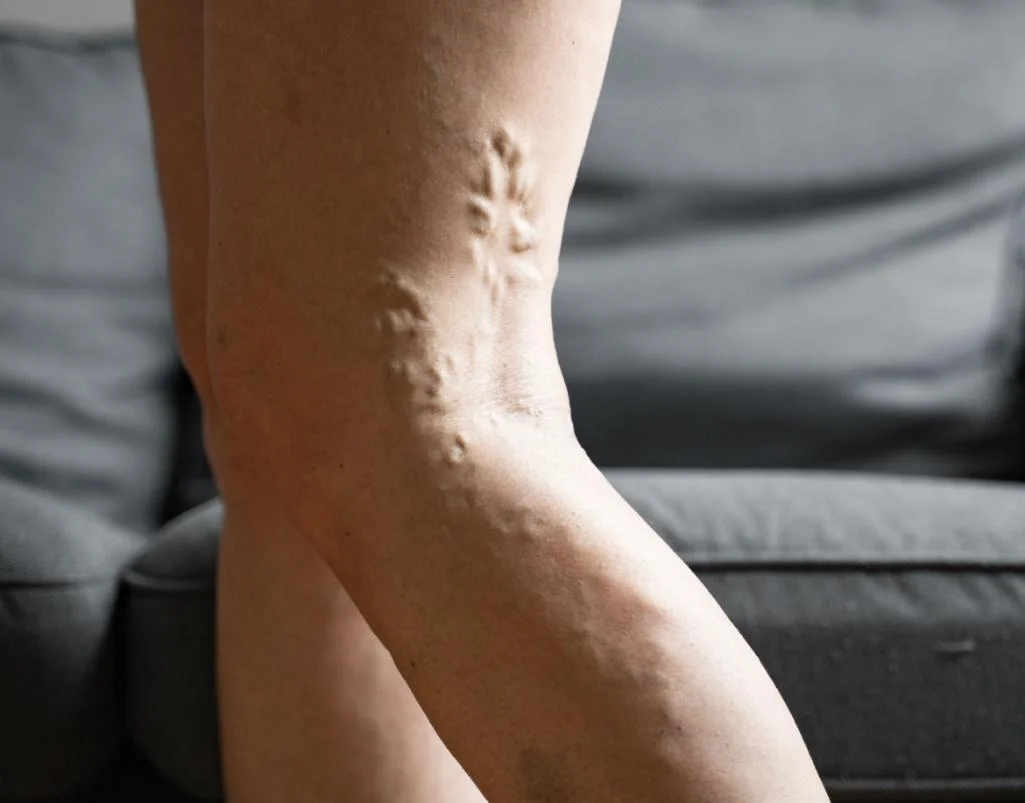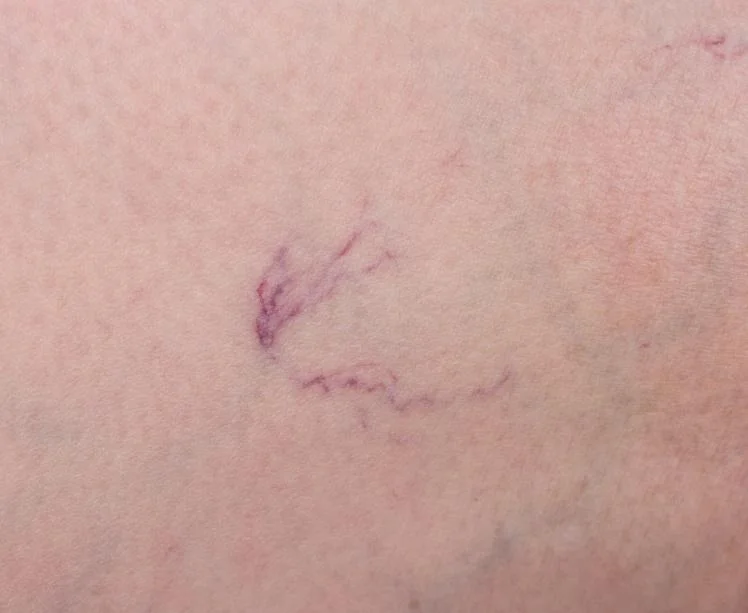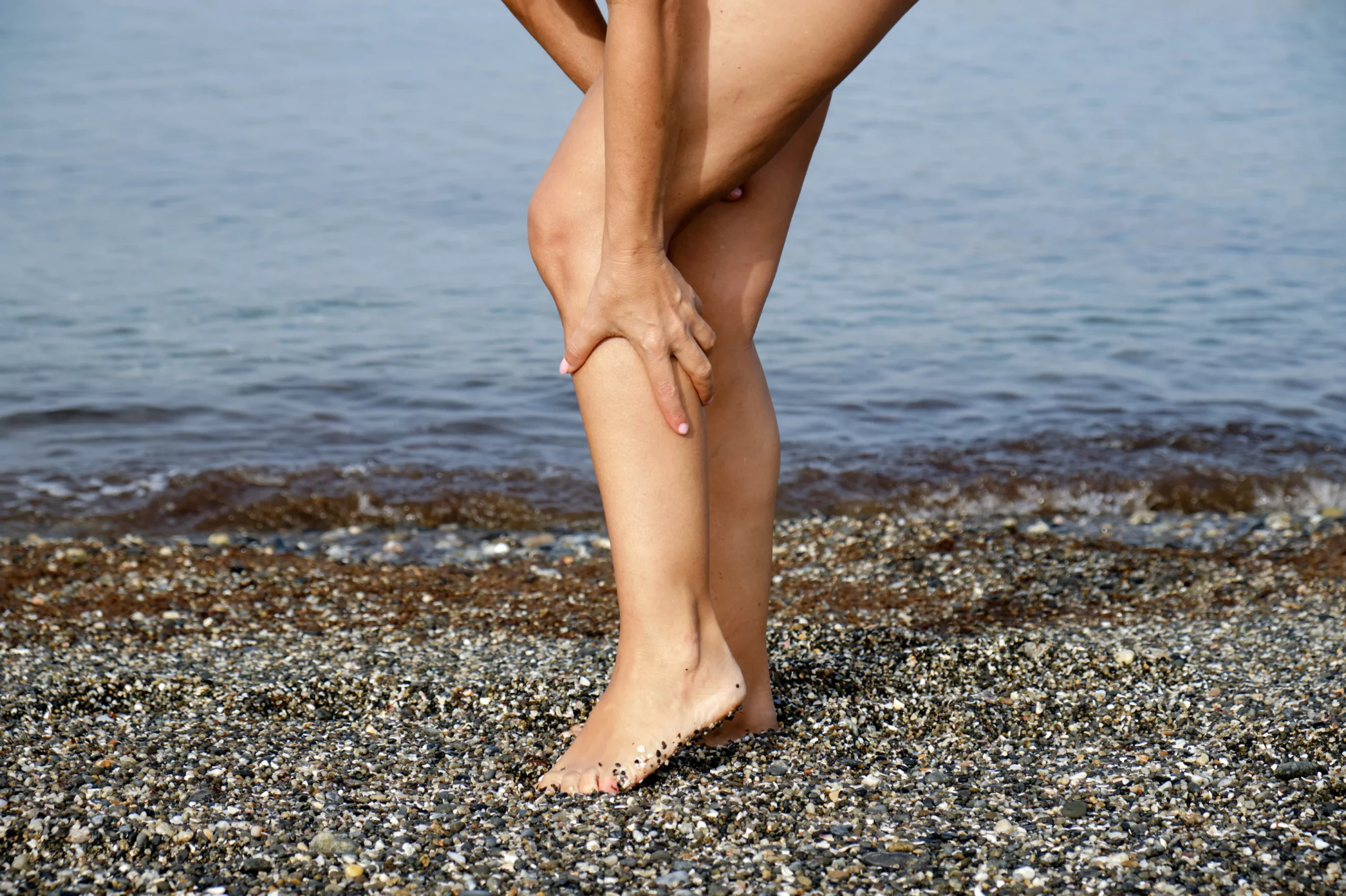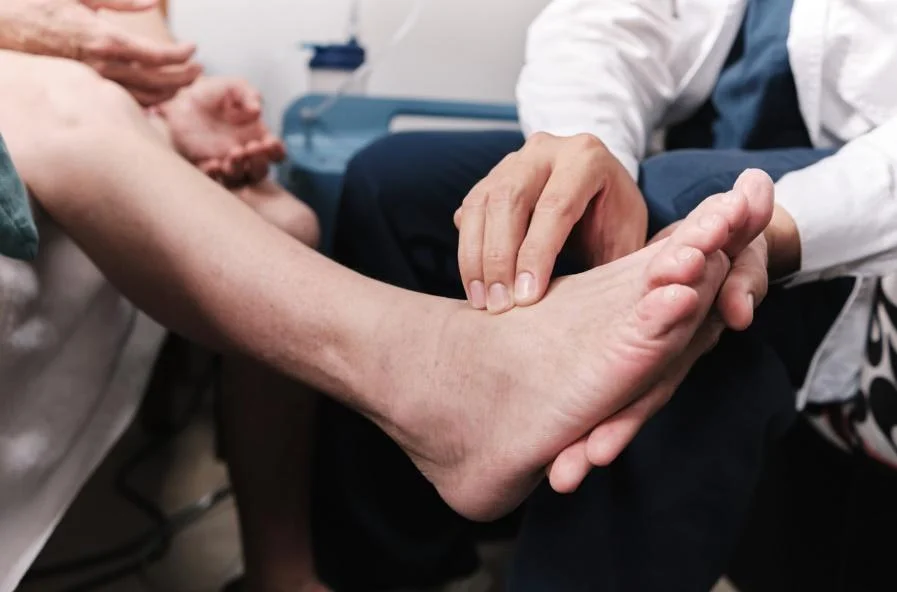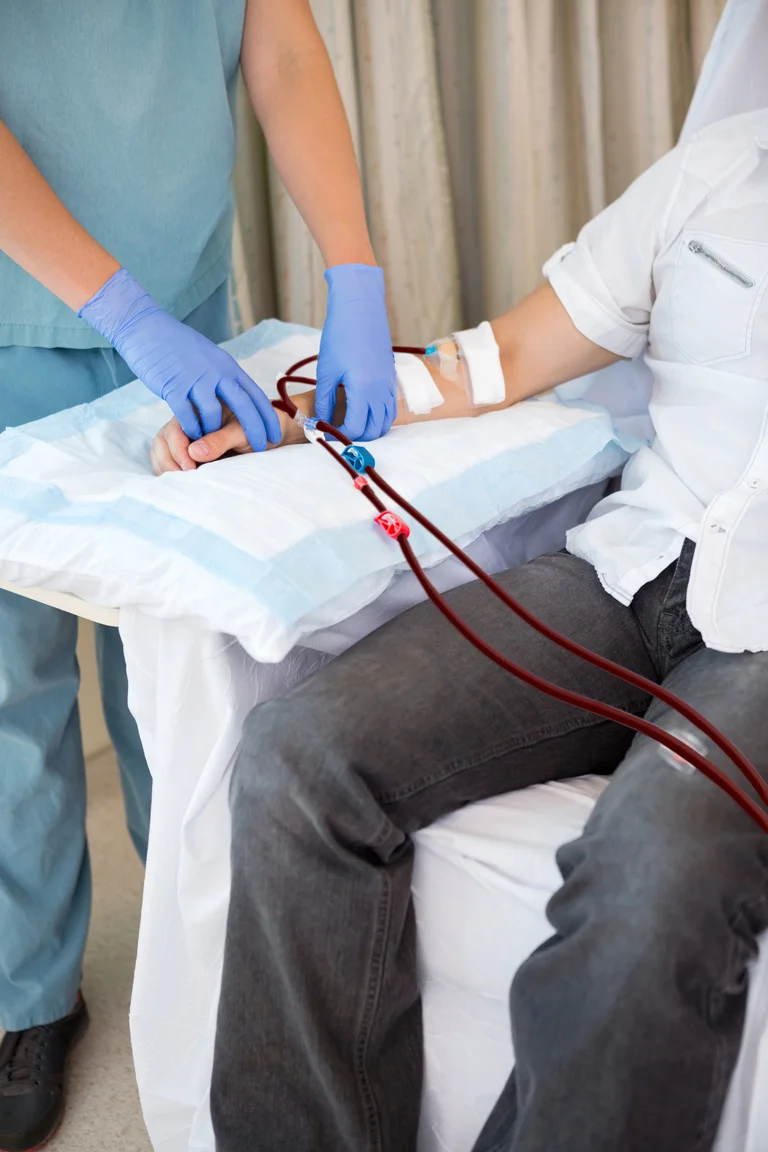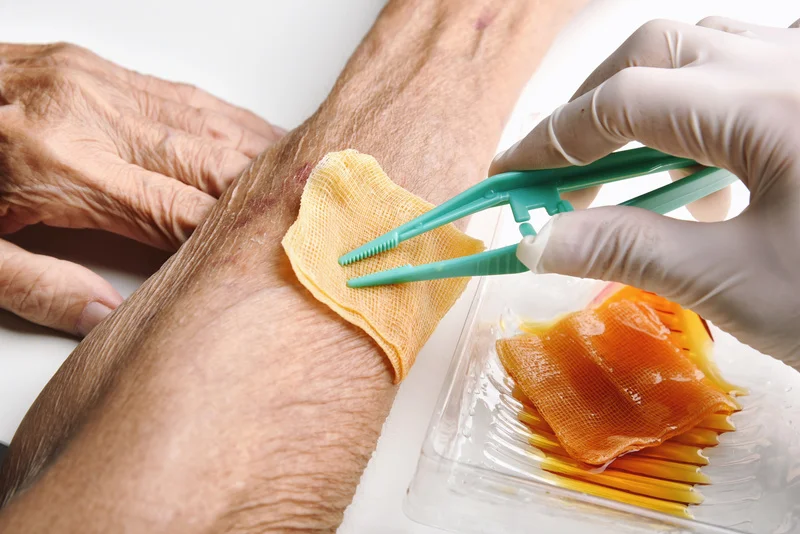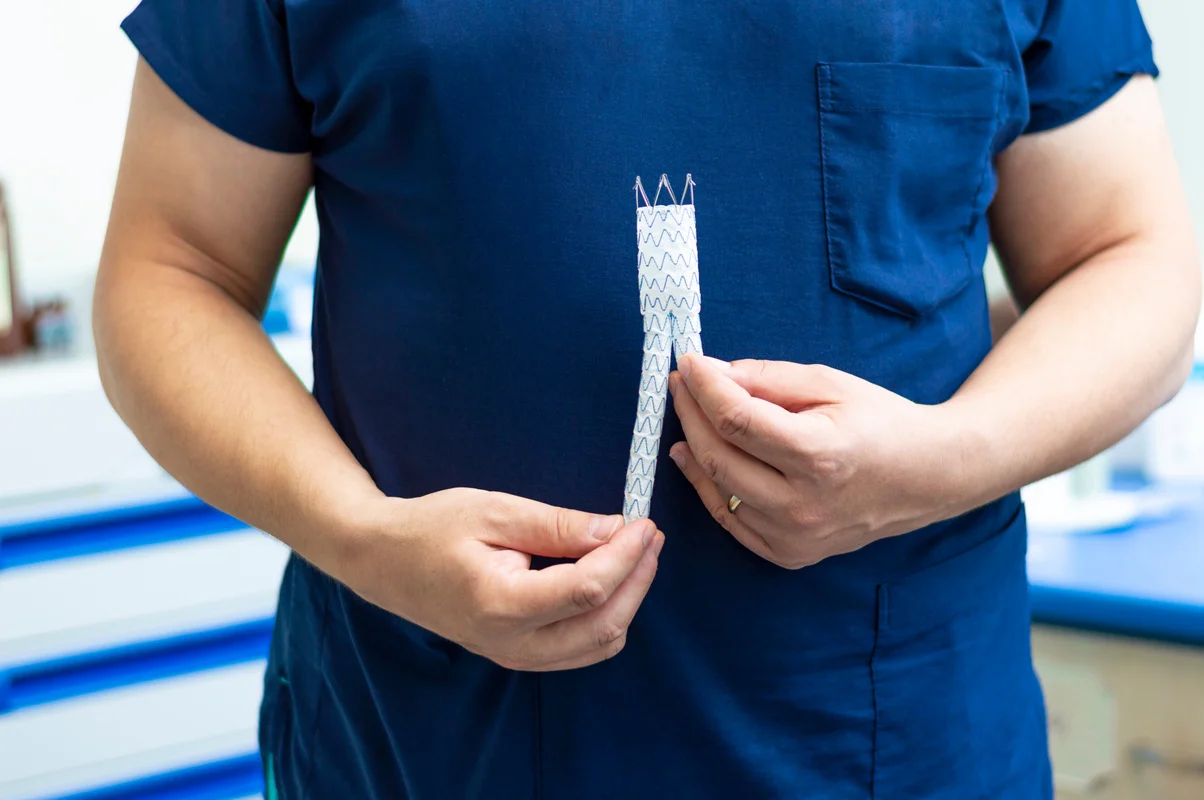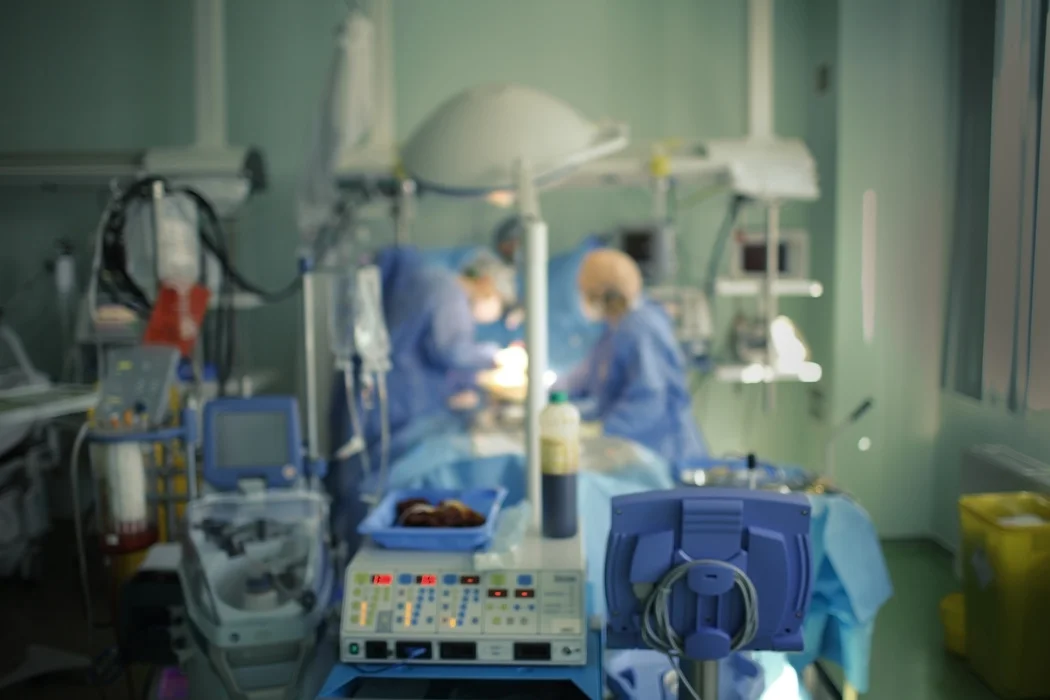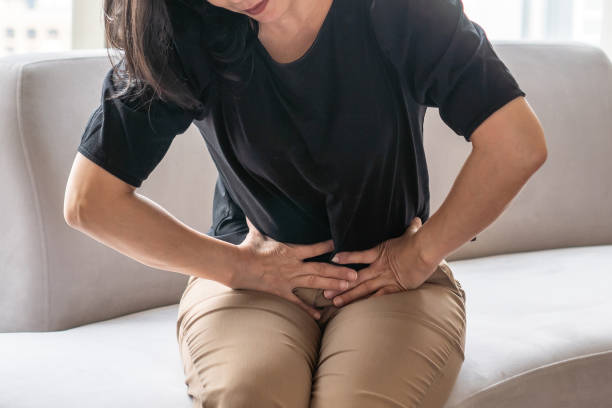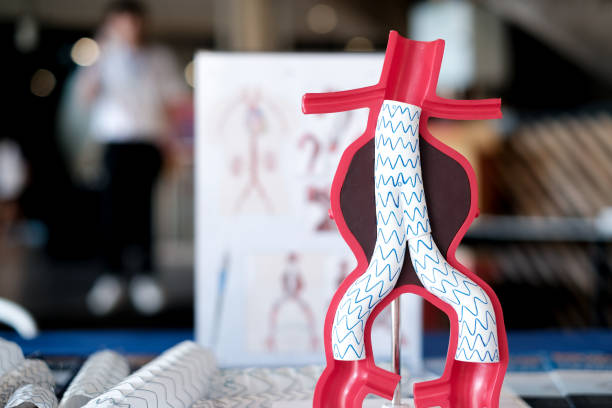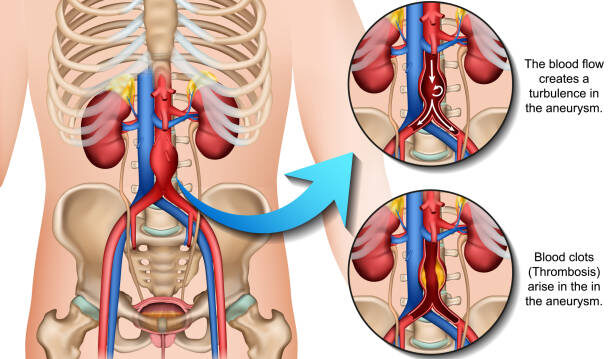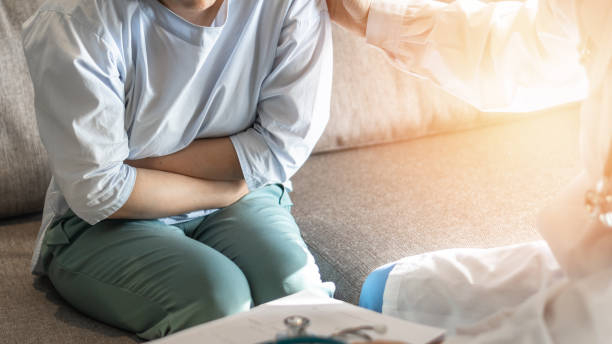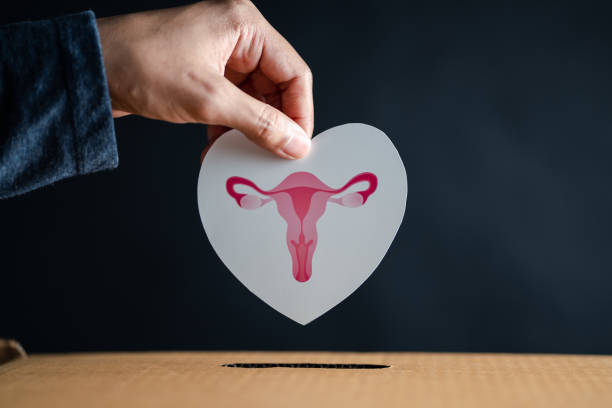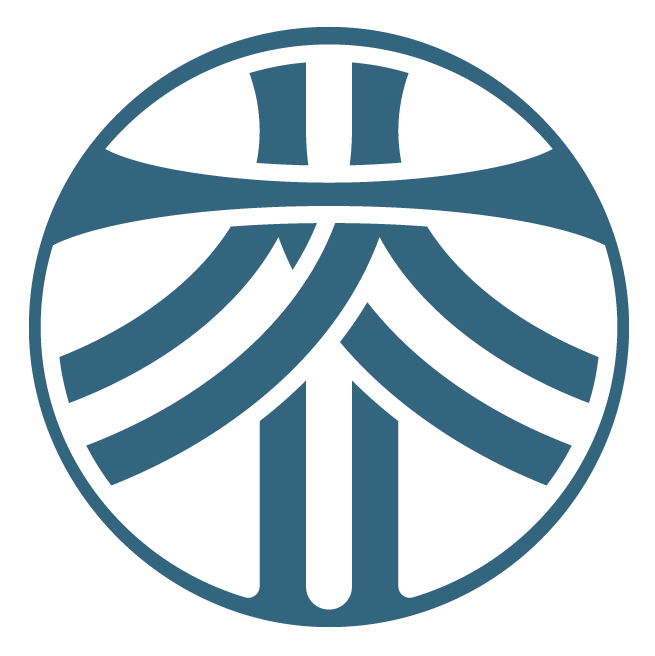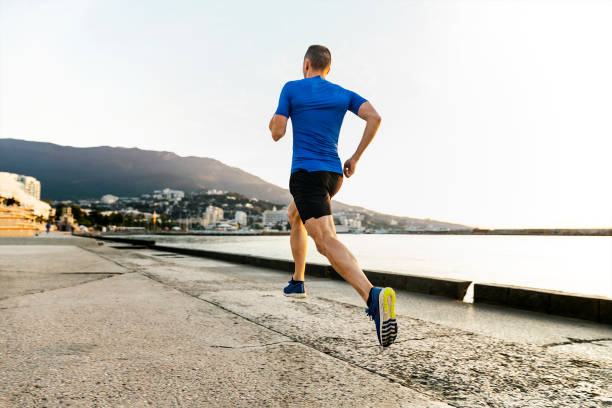
Many patients ask the same question after treatment: “When can I safely get back to exercise or sports? “
The honest answer—it depends on your procedure, how your body heals, and your vein specialist’s guidance. With Dr. Darryl Lim, every patient receives an individualized recovery plan to help them return to activity safely and confidently.
Why Treat Varicose Veins?
Varicose veins are enlarged, twisted veins that commonly appear on the legs. They form when weakened vein walls and faulty valves allow blood to pool instead of flowing smoothly back to the heart.
According to a YouGov survey conducted in 2021, one-third of Singaporeans suffered from varicose veins, but three-quarters did not seek medical help and weren’t planning on consulting a medic.
Varicose veins aren’t just cosmetic. Left untreated, they can lead to leg swelling, pain, skin changes, blood clots, or even ulcers.
Dr. Darryl Lim offers several minimally invasive treatments performed safely in the clinic:
- Sclerotherapy—A micro-injection that seals off small varicose or spider veins.
- Radiofrequency Ablation (RFA)—Uses gentle heat to close diseased veins.
- Microphlebectomy—Removes bulging surface veins through tiny punctures, without stitches.
- VenaSeal™ – A medical-grade adhesive that “glues” faulty veins shut.
These modern procedures allow faster recovery, minimal discomfort, and excellent cosmetic results compared with traditional surgery.
Understanding Recovery Timelines
Everyone heals differently, but here’s a general guide for what to expect after vein treatment with Dr. Lim.
Day 0 – Day 1: Immediate Recovery
- You can walk right away—in fact, frequent walking (even climbing stairs) is encouraged to promote circulation.
- Avoid heavy exercise and weight training until cleared.
- Wear compression stockings during the day for at least three days. Wearing them for up to two weeks further supports healing, reduces inflammation, and enhances the final cosmetic result.
Weeks 1–2: Early Healing
- Expect mild bruising, tightness, or soreness along treated veins.
- Resume light activities, but pause high-impact exercise (running, jumping, heavy lifting, or contact sports).
- Most patients only need simple pain relief such as paracetamol.
- By the second week, many can return to low-intensity workouts once reviewed by Dr. Lim.
Weeks 2–4 and Beyond
- Gradually increase activity.
- Occasional swelling or tenderness is normal for several weeks.
- Full recovery for smaller procedures usually occurs within two to four weeks; more extensive treatments may take several months for complete vein remodeling.
Healing Timelines by Treatment Type
After injections (e.g., sclerotherapy):
Small veins close first, followed by medium and large veins over several weeks. Temporary irritation or mild inflammation is common as each vein seals off in phases.
After heat-based procedures (e.g., RFA or VenaSeal):
Veins close immediately, but you may notice tightness or sensitivity for one to two weeks.
Compression stockings help speed up healing and reduce swelling.
Safe Activities While You recover.
Low-impact movement is your friend. It keeps blood flowing and prevents complications.
- Walking: Safe and encouraged from day one.
- Cycling: Usually fine once puncture sites are fully closed.
- Light strength training: Gradually reintroduce, focusing on good form and avoiding heavy leg loads.
- High-impact sports: Running, tennis, or contact sports should wait until Dr. Darryl Lim confirms complete healing—often after two to four weeks.
Factors That Affect Your Return to Exercise
Recovery isn’t one-size-fits-all. Your personal timeline depends on:
- The number and size of veins treated
- Overall health (conditions like diabetes or obesity may slow healing)
- Baseline fitness level
- Your specialist’s protocol
- How your legs feel—pain or swelling means it’s too soon to push harder
Tips for Safely Returning to Workouts
- Get clearance from your vein doctor before resuming strenuous exercise.
- Start low-impact—walking improves blood flow and reduces clot risk.
- Wear compression stockings as directed to minimize swelling.
- Avoid heavy lifting or contact sports until you’ve been cleared.
- Increase intensity slowly, watching for leg fatigue or tightness.
- Cross-train with swimming, cycling, or elliptical workouts early on.
- Listen to your body. Stop if you notice pain, swelling, redness, or heat.
- Rest with your legs elevated above heart level to improve circulation.
When to Call Your Vein Specialist
Contact Dr. Darryl Lim promptly if you experience:
- Sharp or worsening leg pain
- Rapidly increasing swelling
- Bleeding or oozing from puncture sites
- Redness, warmth, or pus (infection signs)
- Numbness, tingling, or color changes
- Shortness of breath or chest pain (rare but urgent)
The Bottom Line
Light walking is encouraged immediately after treatment, but more intense exercise and sports usually wait a few weeks. Healing takes time—patience ensures the best long-term outcome.
With today’s minimally invasive techniques and careful follow-up, most patients under Dr. Darryl Lim’s care regain healthy, pain-free legs and confidently return to an active lifestyle.
Ready to Get Moving Again?
If you’re thinking about varicose vein treatment and want to know when you can safely get back to sports or gym routines, book a consultation with Dr. Darryl Lim, a board-certified vascular & vein specialist. He’ll guide you through a personalized plan for healthy recovery and lasting results.
